Phonology Topics
-
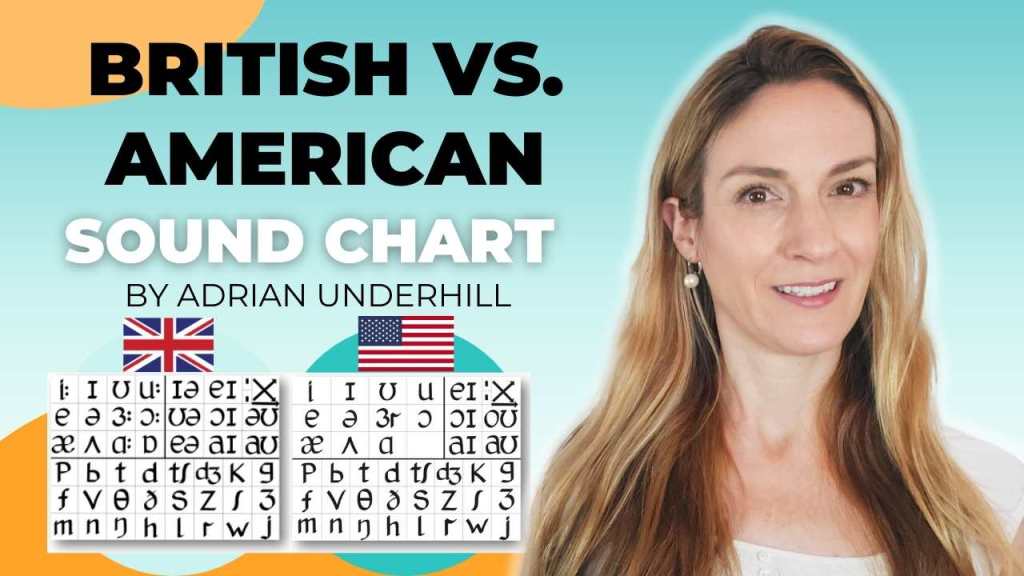
British vs. American Phonemic Chart
The video compares the British and American English sound charts developed by Adrian Underhill. Both charts share 24 consonant sounds but differ in the vowel sections. The American chart has fewer monophthongs and diphthongs. The video also explores transcribing words with the sound symbols for an American accent and looks at alternative sound symbols from… Read more
-
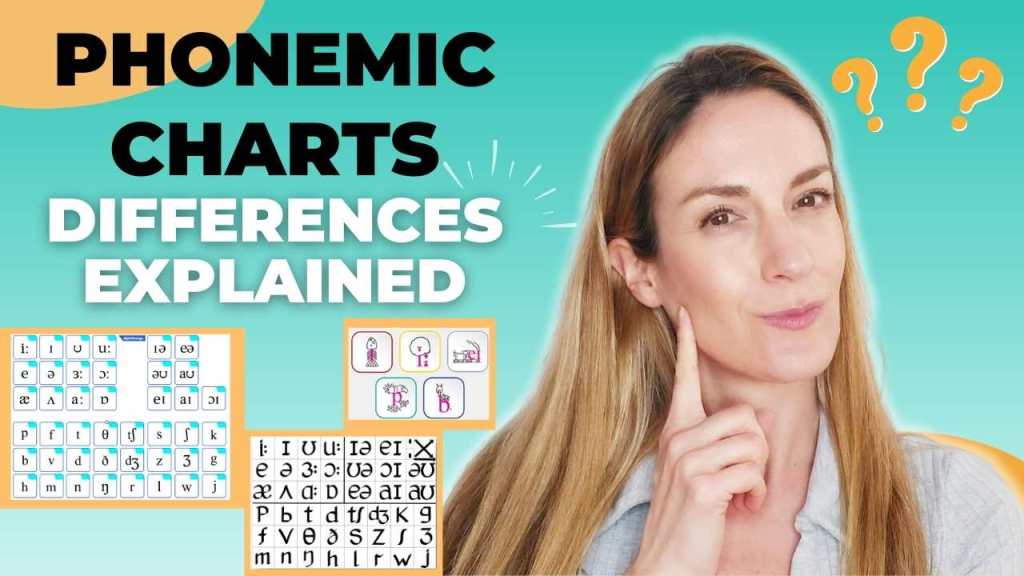
Phonemic Charts – Differences Explained
The video explores the phonemic charts for British English, focusing on Adrian Underhill’s chart, widely used in English language study materials. It compares this chart with those from the British Council and English File by Oxford University Press. Although based on the IPA, the Underhill chart has a unique symbol for the /e/ sound. The… Read more
-
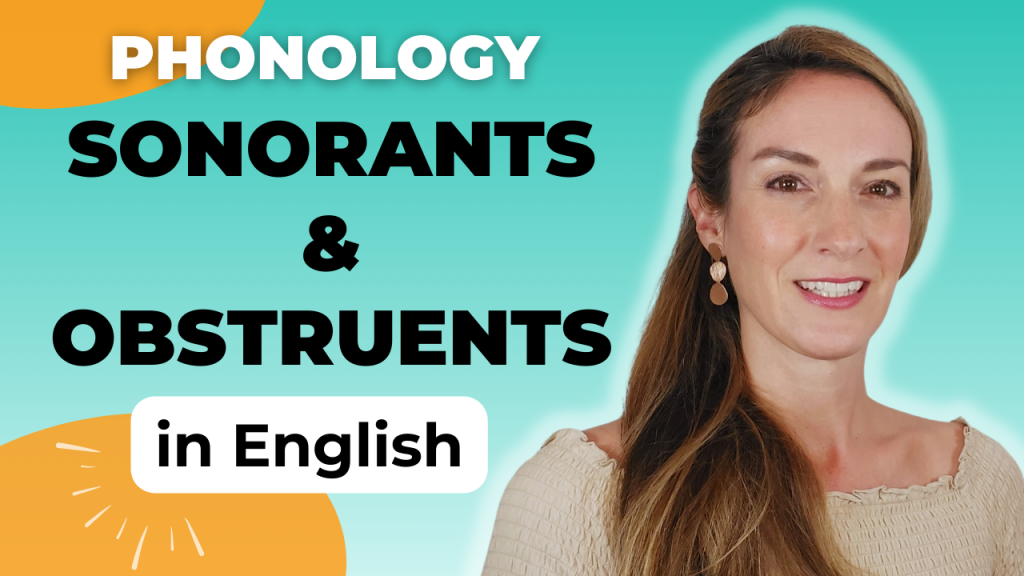
Sonorants & Obstruents in English Phonology
The video discusses two groups of sounds: sonorants (or resonants) and obstruents. Sonorants are produced with continuous airflow, without restrictions causing air friction, and are always voiced in English. Obstruents, on the other hand, are produced with restricted airflow, causing air turbulence or blockage. This group includes plosives, fricatives, and affricates, and can be either… Read more
-
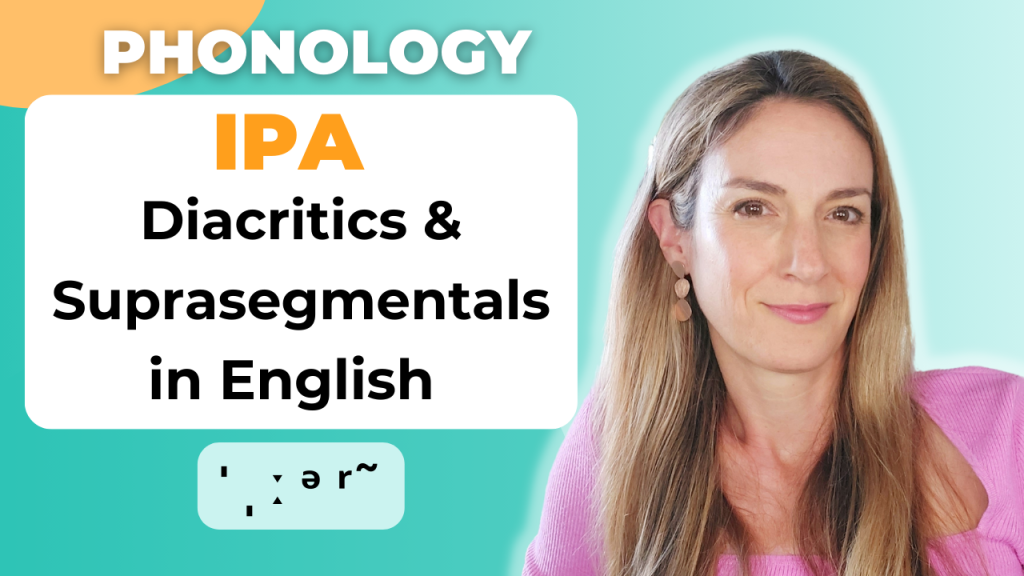
IPA Diacritics & Suprasegmentals in Phonemic Transcription
The video explores additional IPA symbols used in transcription, which are commonly seen in phonemic transcriptions. These symbols, apart from sound symbols, fall into two categories: suprasegmentals and diacritics. The video focuses on the most frequently used symbols essential for English transcription. Read more
-

What are Syllabic Consonants?
The video discusses syllabic consonants, a phenomenon where consonants take on the role of vowels in unstressed syllables to maintain the syllable status. In English, only the nasals /m/, /n/, /ŋ/ and the liquids /l/, /r/ can become syllabic consonants. The video provides examples of words with syllabic consonants and explains their prevalence in fast… Read more
-
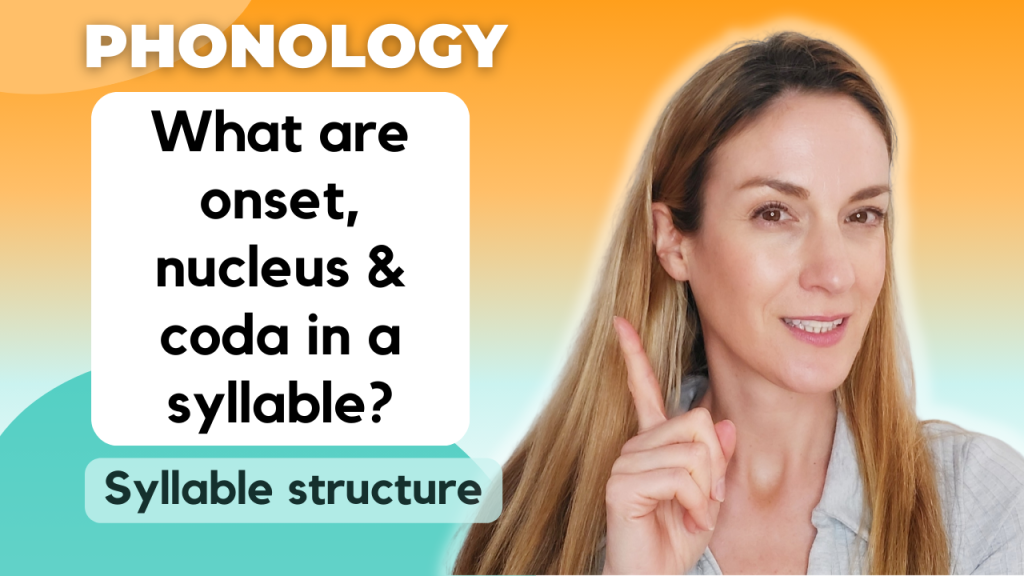
Syllable structure: What are onset, nucleus & coda?
The video explores syllable structure, comprising three components: onset (one or more consonant sounds at the beginning), nucleus (one vowel sound forming the core), and coda (one or more consonants at the end). A syllable must have a nucleus, while onset and coda are optional. Topics covered include zero onset, open vs. closed syllables, and… Read more
Looking for something specific?
-
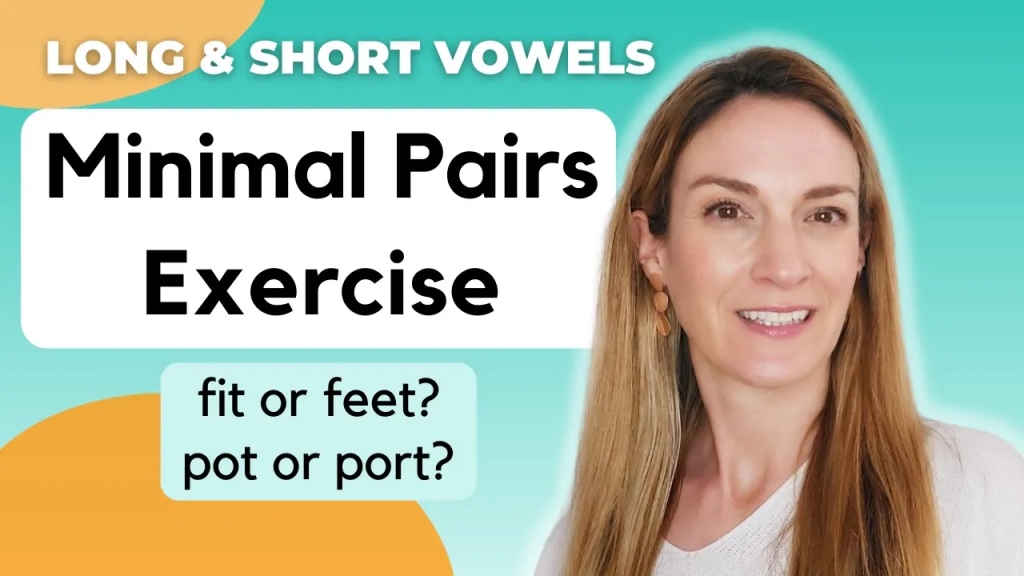
Minimal Pairs Exercise: Long and Short Vowels
The video practices hearing the difference between long and short vowel sounds in minimal pairs. Minimal pairs are almost identical words that differ in one sound, such as “fit” and “feet.” Learning to distinguish these pairs is crucial for understanding and pronouncing English correctly. The video focuses on minimal pairs with ɪ & i: and… Read more
-

Contracted Forms in English – Part 2
In this second video on contracted forms in English we are going to look at some more contractions. Each type of contraction is followed by a pronunciation practice with short sentences to help you master this combination of words and to become faster at speaking English. Some of them might be a bit difficult at Read more
-
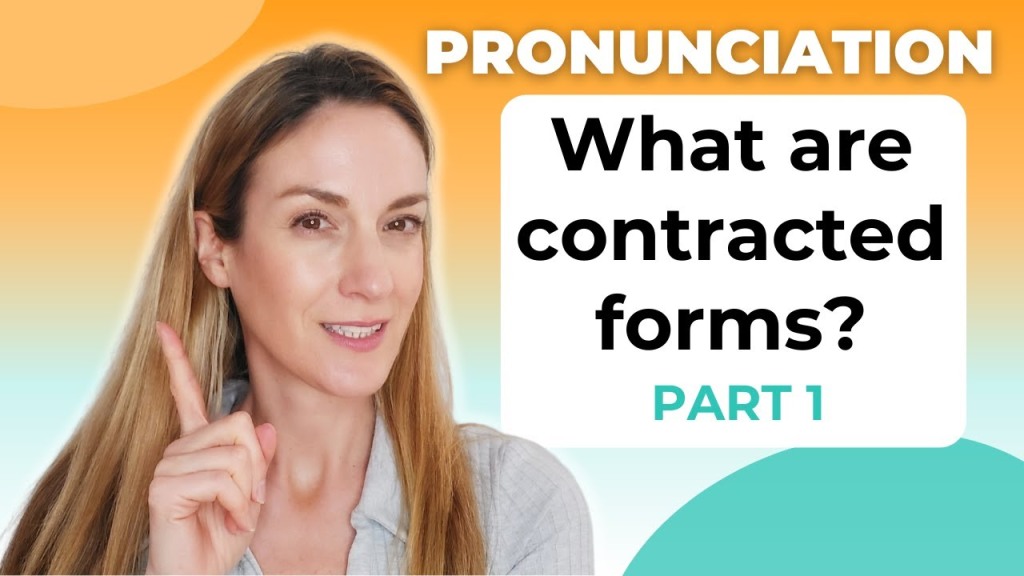
What are Contracted Forms in English? – Part 1
In this video we are going to look at contracted forms in English. Contractions are shortened words: we combine two words to form one, often using an apostrophe. There are in fact over 90 different contractions in English (crazy, I know!) but don’t worry, in this video we are only going to look at the… Read more
-

Rounded & unrounded vowels in English Phonology
The video lesson explores the concept of “roundedness” in English vowels, detailing how the lips are involved in forming rounded and unrounded vowels. It emphasizes that front vowels in English are typically unrounded. The lesson includes a table and vowel chart to illustrate the different vowel sounds in British English. While understanding roundedness is important… Read more
-
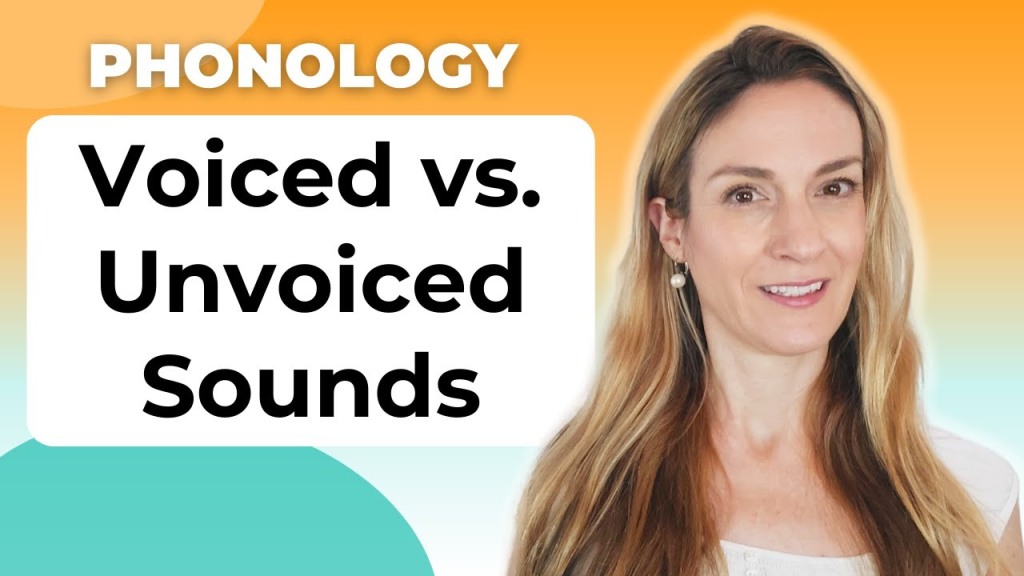
Voiced vs. Unvoiced Sounds in English Pronunciation
The video teaches about voiced and unvoiced sounds in English. Voiced sounds are louder as they are produced with vibrating vocal cords, and include vowel sounds and certain consonants. Unvoiced consonants also exist in English. The video explains both groups with examples, and also covers ‘whispering’ as a way of speaking with devoiced vowel sounds. Read more
-
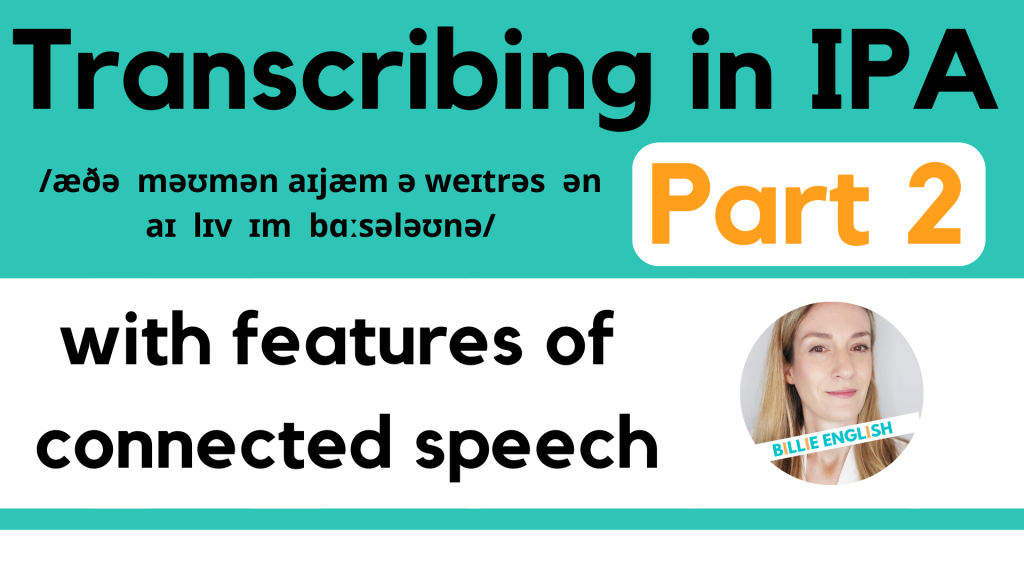
Transcribing Connected Speech in IPA – Part 2
In the second video on transcribing, an utterance is transcribed using IPA, with a focus on connected speech features like weak forms, linking, assimilation, elision, and aspirated t. The video delves into each feature in detail and demonstrates how to transcribe them accurately. Additionally, it covers sentence stress and uses the phonemic chart for British… Read more
Billie English on YouTube
With a library of over 260 videos as of 2024, ‘Billie English’ has amassed over 100k subscribers and 6 million views on YouTube, solidifying its status as a trusted resource for English learners and phonology geeks worldwide.
In addition to its significant social media presence, Billie English offers a variety of online English classes and learning materials.
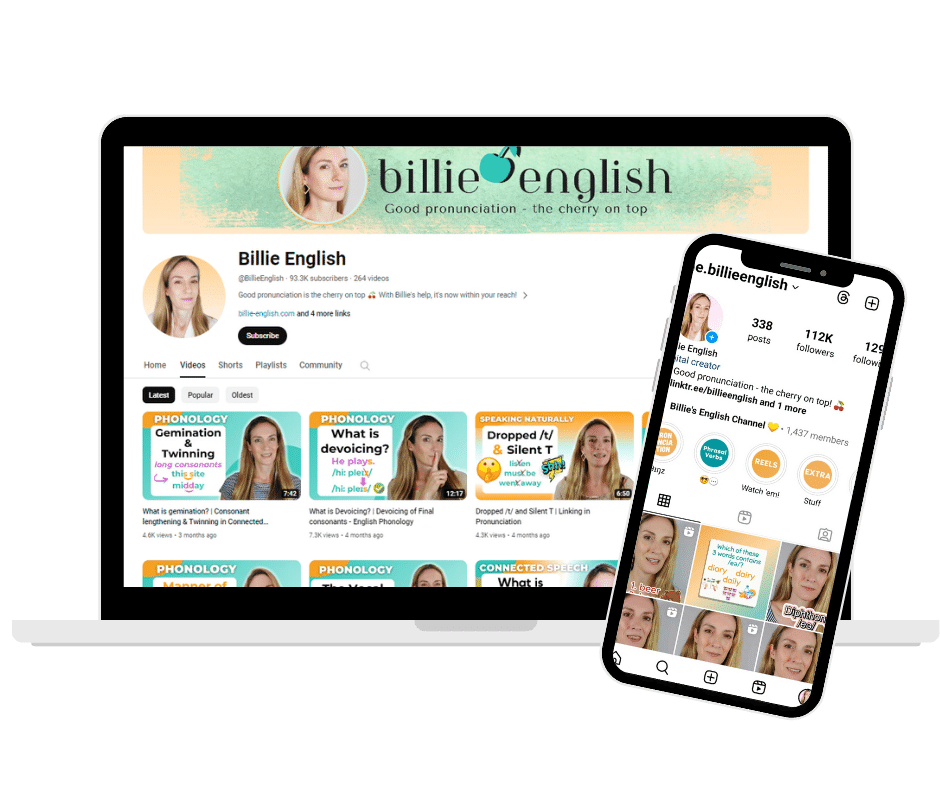

Meet Your Coach
Discover your English potential with Billie, your online accent reduction coach and English teacher. Master sounds, stress and intonation, and speak with confidence and fluency.
Our personalised classes focus on minimising native accents to ensure crystal-clear communication. Join our diverse clientele and benefit from expert guidance tailored to your individual needs, helping you become a confident English communicator and excel in your work and beyond.